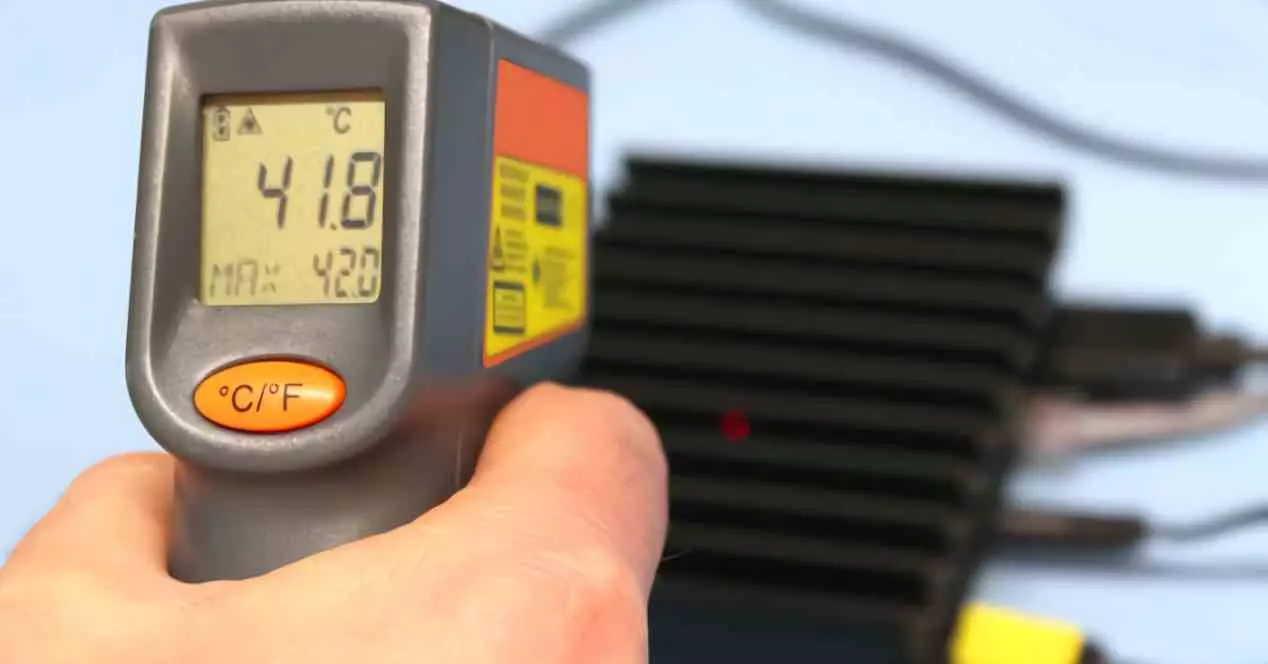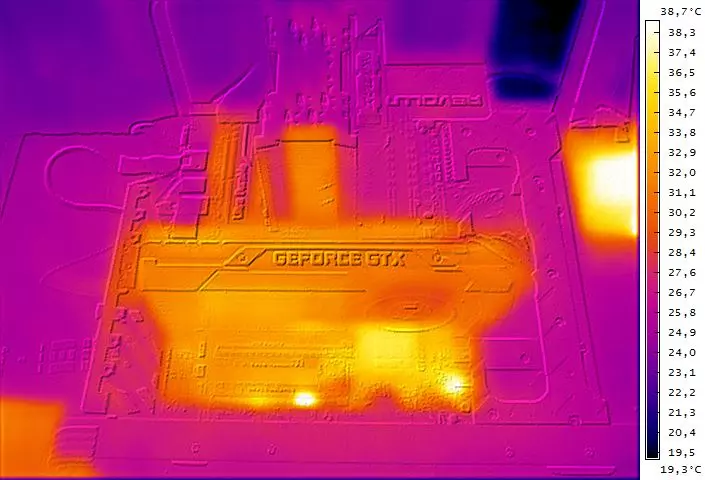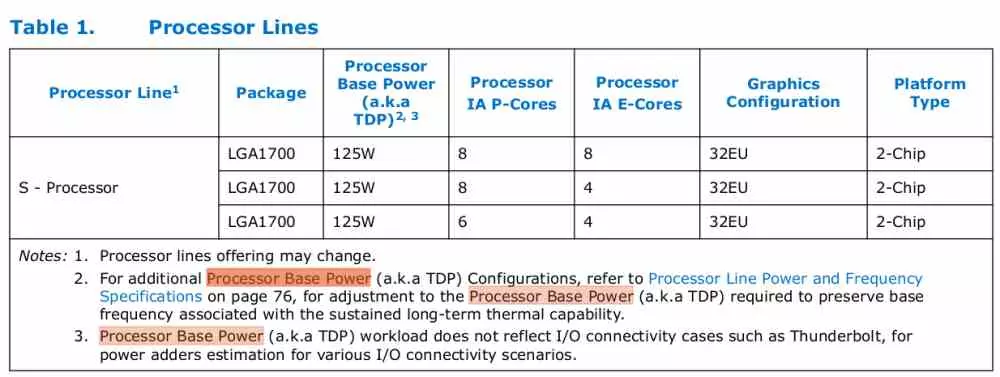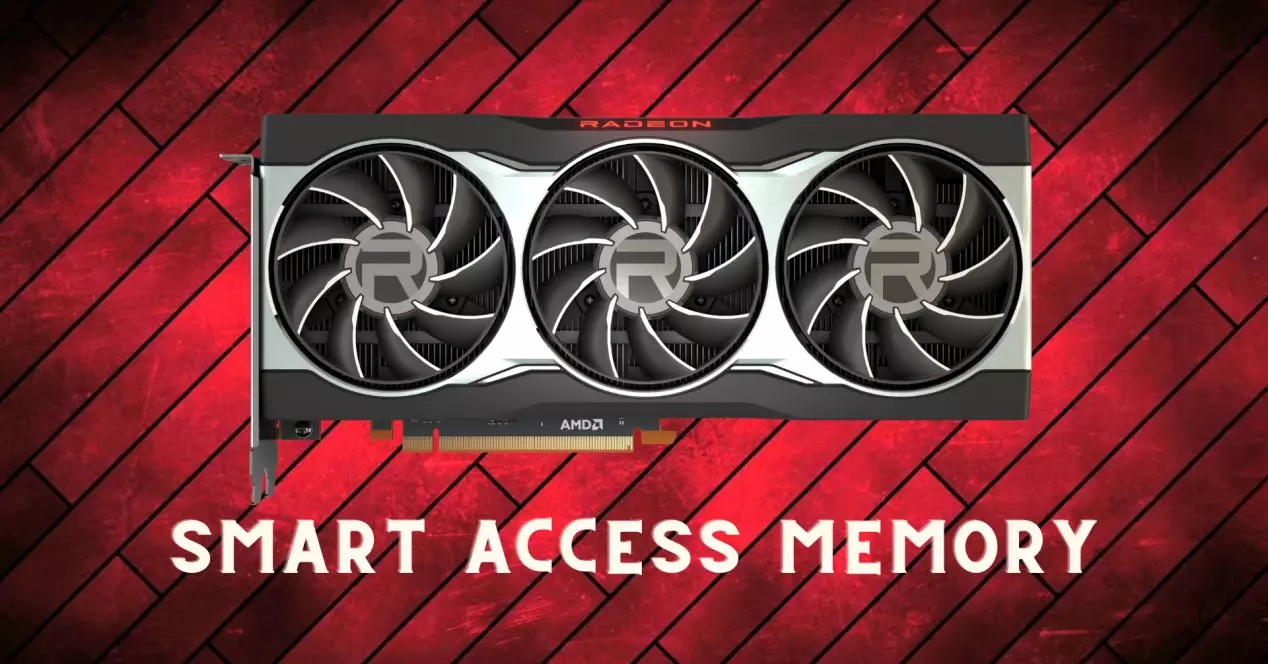
When we buy a new graphics card, it is not only sold in the form of a GPU and its VRAM mounted on a PCB together with the rest of the components, but also with a cooling system. For the design of the different components it is necessary for the manufacturers to know the TDP of the GPU and the VRAM to create an efficient cooling system.
The same can be said of the CPUs, which are launched on the market together with a set of new heat sinks, either by air or by liquid cooling, when there is a change in their socket. In that case the TDP also plays an important point. However, it is not only essential in these two cases, it is also essential for the creation of systems to reduce the temperature of RAM memory and even SSD drives.
However, it is often confused with the energy consumption of the hardware, when actually despite the fact that there is an indirect relationship between the two concepts. That is why it is crucial to clarify a series of points in order to resolve this confusion.
What is Thermal Design Power?
The TDP or Thermal Design Power is usually used as a synonym for the energy consumption of a processor, however we must take into account today both CPUs and GPUs have methods of reducing energy consumption depending on the workload that the processor has. processor. The reason for the confusion is due to the fact that in the history of hardware, consumption reduction mechanisms are relatively recent.
So the answer to the question is this: the consumption level under the maximum workload level. This value is relevant for the creation of cooling systems for a processor or graphics card. However, it should be clarified that the Thermal Design Power is not a parameter that is achieved after the processor has finished, that is why the acronym stands for Thermal Design Power.
And it is that the Thermal Design Power is something that is decided during the design phase of the processor and it is, together with the size of the chip and the list of characteristics that it will have, one of the first things that are decided during the design. In addition, it is a feature that is directly related to the type of graphics card or CPU that is being designed at that time.
How is the TDP calculated?
The Thermal Design Power is given directly by the manufacturer, so we don’t really need to worry about this. It can be said that the TDP is derived in a simplified way from the following formula:
(tCase (°C) – tAmbient (°C)) / (HSF Θca)
Where:
- tCase is the heat transfer between the processor and its package, the better the material used to dissipate the heat.
- also T is the ambient temperature, which is expected to be provided by the refrigeration system. By this we do not mean the temperature of the environment, but rather the small space in which the piece of hardware is located.
- HSF-Θca is the minimum temperature per watt on the heat sink. In such a way that the higher this value is then the less heat dissipation will be necessary in a processor.
In the same way that the design of new processors, graphics cards, RAM memories and the rest of the components seek to incorporate greater performance per watt, we also find that the TDP of the different elements has been increasing over time, requiring the development of new and increasingly advanced cooling systems on par with new processors.
The relationship between Boost and Thermal Design Power
One of the peculiarities that current CPUs and GPUs have is the ability to reach much higher clock speeds than they are originally designed for. They are called Boost or Turbo speeds, they achieve this by using a different voltage channel. Thus, when the load on the processor reaches certain stress points, in order to get rid of the accumulated work, what is done is to use a second, higher voltage, which will allow us to reach higher clock speeds, but this will also result in a higher Thermal Design Power.
The counterpart to this is that the processor cannot withstand such consumption for a long time due to the increase in temperature. That is why these sudden clock speed changes are made over a very short period of time where you make the voltage change, raise the clock speed, hold a brief moment at the highest peak, but lower and later return to the original voltage.
To all this, we have to clarify one point, the TDP even during the Boost period is also important for the cooling system and, therefore, heat expulsion. So that small period of increase in clock speed also has to be taken into account when designing the thermal system that surrounds a processor, graphics card and many times even an entire system such as a laptop or a computer. video game console.
What is Intel Processor Base Power?
The answer to this is very simple, it is the TDP of an Intel CPU when it is in PL1 mode and, therefore, in normal speed. PL2, on the other hand, refers to the consumption level during the Turbo or Boost period. So technically we are in a rebranding maneuver, so when Intel refers to the Processor Base Power what it is referring to the power consumption of the processor under normal conditions. Instead, the so-called Maximum Turbo Power refers to the TDP during the period in which the clock speed is temporarily increased.
In other words, Processor Base Power is not some kind of new technology, nor is it a hardware feature. If not, it is really a marketing maneuver to relate certain basic concepts and technologies to certain specific brands. The reason is that if we talk about Processor Base Power, it will always be done from the perspective of Intel CPUs and when the user searches for what that combination of words means, it will take him exclusively to processors of that brand. So, in short, the Processor Base Power is nothing more than the TDP of the processor and, therefore, the heat it emits, but only at its usual clock speed and not at the small speed accelerations that we have already mentioned. explained.






